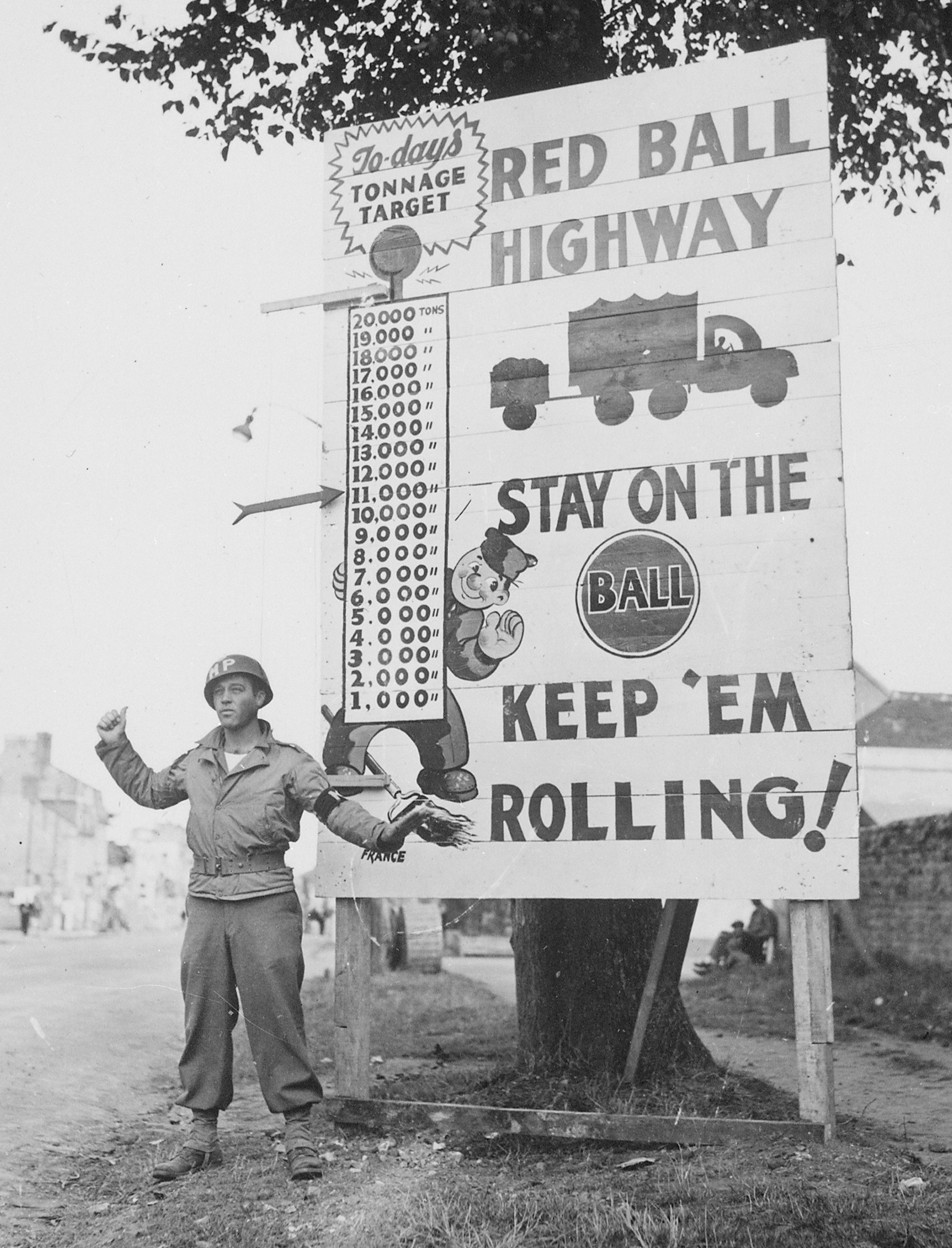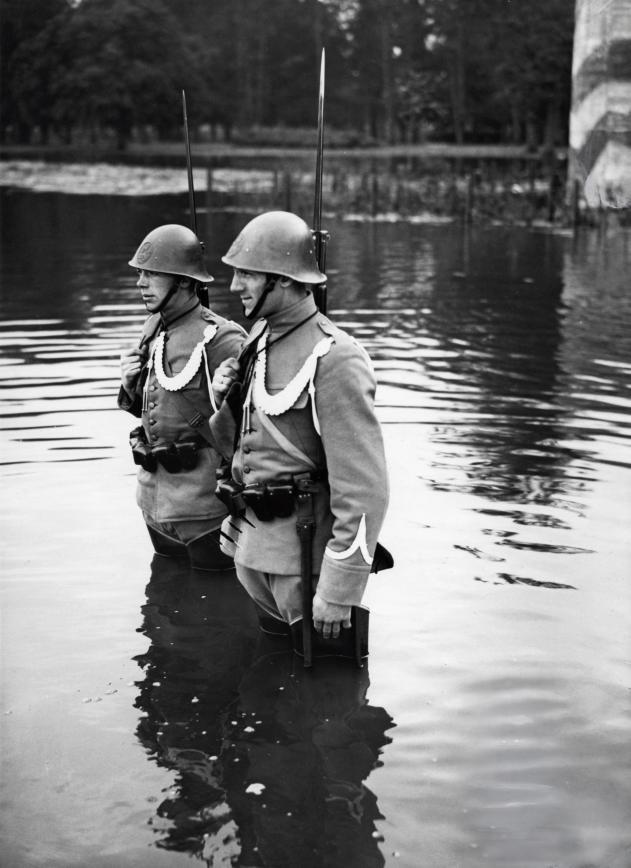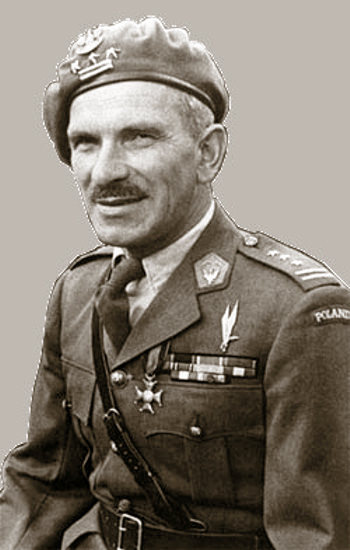|
Battle Of Nijmegen
The Battle of Nijmegen, also known as the Liberation of Nijmegen, occurred from 17 to 20 September 1944, as part of Operation Market Garden during World War II. The Allies' primary goal was to capture the two bridges over the Waal River at Nijmegen – the road route over the '' Waalbrug'' (Waal Bridge) and Nijmegen railway bridge – and relieve the British 1st Airborne Division and Polish 1st Independent Parachute Brigade at Arnhem, 10 miles (16 km) north of Nijmegen. The Allied infantry units at Arnhem were surrounded by German forces, and involved in heavy fighting for control of bridges over the Rhine. Delays caused by hastily-organised German reinforcements at Nijmegen ultimately led to the failure of Operation Market Garden. It took the Allies longer than expected to secure a land route to Arnhem, where the British and Polish forces were forced south of the Rhine and sustained massive casualties. In addition, fighting at Nijmegen cost hundreds of civilian lives, ... [...More Info...] [...Related Items...] OR: [Wikipedia] [Google] [Baidu] |
Operation Market Garden
Operation Market Garden was an Allied military operation during the Second World War fought in the Netherlands from 17 to 27 September 1944. Its objective was to create a salient into German territory with a bridgehead over the River Rhine, creating an Allied invasion route into northern Germany. This was to be achieved by two sub-operations: seizing nine bridges with combined U.S. and British airborne forces (Market) followed by land forces swiftly following over the bridges (Garden). The airborne operation was planned and undertaken by the First Allied Airborne Army with the land operation by XXX Corps of the British Second Army.The Battle for the Rhine 1944 by Robin Neillands, Chapter 4 The Road to Arnhem Although the largest airborne operation of the war up to that point, Market Garden's ultimate outcome remains debated: The operation succeeded in liberating the Dutch cities of Eindhoven and Nijmegen along with many towns, and limited V-2 rocket launching sites. How ... [...More Info...] [...Related Items...] OR: [Wikipedia] [Google] [Baidu] |
10th SS Panzer Division Frundsberg
The 10th SS Panzer Division "Frundsberg" (german: 10. SS-Panzerdivision "Frundsberg") was a German Waffen-SS armoured division during World War II. The division's first battles were in Ukraine in April 1944. Afterwards, the unit was then transferred to the west, where it fought the Allies in France and at Arnhem. The division was moved to Pomerania, then fought south east of Berlin in the Lusatian area until the end of the war. History The division received the honor title Frundsberg after the 16th Century German commander Georg von Frundsberg. The division was mainly formed from conscripts. It first saw action at Tarnopol in April 1944 and later took part in the relief of the German troops cut off in the Kamenets-Podolsky pocket. It was then sent to Normandy to counter the Allied landings, where, along with the SS Division Hohenstaufen, it took part in fighting against the Allied Operation Epsom.They spent the rest of July repulsing British attacks against Hill 112 and Hi ... [...More Info...] [...Related Items...] OR: [Wikipedia] [Google] [Baidu] |
Battle Of The Netherlands
The German invasion of the Netherlands ( nl, Duitse aanval op Nederland), otherwise known as the Battle of the Netherlands ( nl, Slag om Nederland), was a military campaign part of Case Yellow (german: Fall Gelb), the Nazi German invasion of the Low Countries (Belgium, Luxembourg, and the Netherlands) and France during World War II. The battle lasted from 10 May 1940 until the surrender of the main Dutch forces on 14 May. Dutch troops in the province of Zeeland continued to resist the ''Wehrmacht'' until 17 May when Germany completed its occupation of the whole country. The invasion of the Netherlands saw some of the earliest mass paratroop drops, to occupy tactical points and assist the advance of ground troops. The German ''Luftwaffe'' used paratroopers in the capture of several airfields in the vicinity of Rotterdam and The Hague, helping to quickly overrun the country and immobilise Dutch forces. After the devastating Nazi bombing of Rotterdam by the ''Luftwaffe'' on 14 ... [...More Info...] [...Related Items...] OR: [Wikipedia] [Google] [Baidu] |
Europe
Europe is a large peninsula conventionally considered a continent in its own right because of its great physical size and the weight of its history and traditions. Europe is also considered a subcontinent of Eurasia and it is located entirely in the Northern Hemisphere and mostly in the Eastern Hemisphere. Comprising the westernmost peninsulas of Eurasia, it shares the continental landmass of Afro-Eurasia with both Africa and Asia. It is bordered by the Arctic Ocean to the north, the Atlantic Ocean to the west, the Mediterranean Sea to the south and Asia to the east. Europe is commonly considered to be separated from Asia by the watershed of the Ural Mountains, the Ural River, the Caspian Sea, the Greater Caucasus, the Black Sea and the waterways of the Turkish Straits. "Europe" (pp. 68–69); "Asia" (pp. 90–91): "A commonly accepted division between Asia and Europe ... is formed by the Ural Mountains, Ural River, Caspian Sea, Caucasus Mountains, and the Black Sea wit ... [...More Info...] [...Related Items...] OR: [Wikipedia] [Google] [Baidu] |
Tied-arch Bridge
A tied-arch bridge is an arch bridge in which the outward horizontal forces of the arch(es) caused by tension at the arch ends to a foundation are countered by equal tension of its own gravity plus any element of the total deck structure such great arch(es) support. The arch(es) have strengthened chord(s) that run to a strong part of the deck structure or to independent tie-rods below the arch ends. Description Thrusts downwards on a tied-arch bridge deck are translated, as tension, by vertical ties between the deck and the arch, tending to flatten it and thereby to push its tips outward into the abutments, like for other arch bridges. However, in a tied-arch or bowstring bridge, these movements are restrained not by the abutments but by the strengthened chord, which ties these tips together, taking the thrusts as tension, rather like the string of a bow that is being flattened. Therefore, the design is also called a bowstring-arch or bowstring-girder bridge. The elimination o ... [...More Info...] [...Related Items...] OR: [Wikipedia] [Google] [Baidu] |
River Waal
The Waal (Dutch name, ) is the main distributary branch of the river Rhine flowing approximately through the Netherlands. It is the major waterway connecting the port of Rotterdam to Germany. Before it reaches Rotterdam, it joins with the Afgedamde Maas near Woudrichem to form the Boven Merwede. Along its length, Nijmegen, Tiel, Zaltbommel and Gorinchem are towns of importance with direct access to the river. The river, which is the main channel in the Rhine–Meuse–Scheldt delta system, carries 65% of the total flow of the Rhine. History The name Waal, in Roman Empire, Roman times called ''Vacalis, Vahalis'' or ''Valis'', later ''Vahal'', is of Germanic languages, Germanic origin and is named after the many meanders in the river ( gmw, wôh, lit=crooked). It is, in turn, thought to have inspired early Dutch settlers of the Hudson Valley region in New York (state), New York to name the Wallkill River after it (''Waalkil'' "Waal Stream, Creek"). The current river shows li ... [...More Info...] [...Related Items...] OR: [Wikipedia] [Google] [Baidu] |
Nazi Germany
Nazi Germany (lit. "National Socialist State"), ' (lit. "Nazi State") for short; also ' (lit. "National Socialist Germany") (officially known as the German Reich from 1933 until 1943, and the Greater German Reich from 1943 to 1945) was the German state between 1933 and 1945, when Adolf Hitler and the Nazi Party controlled the country, transforming it into a dictatorship. Under Hitler's rule, Germany quickly became a totalitarian state where nearly all aspects of life were controlled by the government. The Third Reich, meaning "Third Realm" or "Third Empire", alluded to the Nazi claim that Nazi Germany was the successor to the earlier Holy Roman Empire (800–1806) and German Empire (1871–1918). The Third Reich, which Hitler and the Nazis referred to as the Thousand-Year Reich, ended in May 1945 after just 12 years when the Allies defeated Germany, ending World War II in Europe. On 30 January 1933, Hitler was appointed chancellor of Germany, the head of gove ... [...More Info...] [...Related Items...] OR: [Wikipedia] [Google] [Baidu] |
Infantry
Infantry is a military specialization which engages in ground combat on foot. Infantry generally consists of light infantry, mountain infantry, motorized infantry & mechanized infantry, airborne infantry, air assault infantry, and marine infantry. Although disused in modern times, heavy infantry also commonly made up the bulk of many historic armies. Infantry, cavalry, and artillery have traditionally made up the core of the combat arms professions of various armies, with the infantry almost always comprising the largest portion of these forces. Etymology and terminology In English, use of the term ''infantry'' began about the 1570s, describing soldiers who march and fight on foot. The word derives from Middle French ''infanterie'', from older Italian (also Spanish) ''infanteria'' (foot soldiers too inexperienced for cavalry), from Latin '' īnfāns'' (without speech, newborn, foolish), from which English also gets '' infant''. The individual-soldier term ' ... [...More Info...] [...Related Items...] OR: [Wikipedia] [Google] [Baidu] |
Arnhem
Arnhem ( or ; german: Arnheim; South Guelderish: ''Èrnem'') is a city and municipality situated in the eastern part of the Netherlands about 55 km south east of Utrecht. It is the capital of the province of Gelderland, located on both banks of the rivers Nederrijn and Sint-Jansbeek, which was the source of the city's development. Arnhem had a population of 163.972 on 1 December 2021, which made it one of the larger cities of the Netherlands. The municipality is part of the Arnhem–Nijmegen metropolitan area, which has a combined number of 774,506 inhabitants on 31 January 2022. Arnhem is home to the Hogeschool van Arnhem en Nijmegen, ArtEZ Institute of the Arts, Netherlands Open Air Museum, Airborne Museum 'Hartenstein', Royal Burgers' Zoo, NOC*NSF and National Sports Centre Papendal. The north corner of the municipality is part of the Hoge Veluwe National Park. It is approximately in area, consisting of heathlands, sand dunes, and woodlands. History Early hi ... [...More Info...] [...Related Items...] OR: [Wikipedia] [Google] [Baidu] |
1st (Polish) Independent Parachute Brigade
The 1st (Polish) Independent Parachute Brigade was a parachute infantry brigade of the Polish Armed Forces in the West under the command of Major General Stanisław Sosabowski, created in September 1941 during the Second World War and based in Scotland. Originally, the brigade's exclusive mission was to drop into occupied Poland in order to help liberate the country. The British government, however, pressured the Poles into allowing the unit to be used in the Western theatre of war. Operation Market Garden eventually saw the unit sent into action in support of the British 1st Airborne Division at the Battle of Arnhem in September 1944. The Poles were initially landed by glider from 18 September, whilst, due to bad weather over England, the parachute section of the Brigade was held up, and jumped on 21 September at Driel on the South bank of the Rhine. The Poles suffered significant casualties during the next few days of fighting, but still were able, by their presence, to caus ... [...More Info...] [...Related Items...] OR: [Wikipedia] [Google] [Baidu] |
1st Airborne Division (United Kingdom)
The 1st Airborne Division was an Airborne forces, airborne infantry Division (military), division of the British Army during the Second World War. The division was formed in late 1941 during the World War II, Second World War, after the Prime Minister of the United Kingdom, British Prime Minister, Winston Churchill, demanded an airborne force, and was initially under command of Major-general (United Kingdom), Major-General Frederick Browning, Frederick A. M. Browning. The division was one of two airborne divisions raised by the British Army during the war, with the other being the 6th Airborne Division (United Kingdom), 6th Airborne Division, created in May 1943, using former units of the 1st Airborne Division. The division's first two missions—Operation Biting, a Paratrooper, parachute landing in France, and Operation Freshman, a Military glider, glider mission in Norway—were both raids. Part of the division was sent to British airborne operations in North Africa, North Afr ... [...More Info...] [...Related Items...] OR: [Wikipedia] [Google] [Baidu] |






